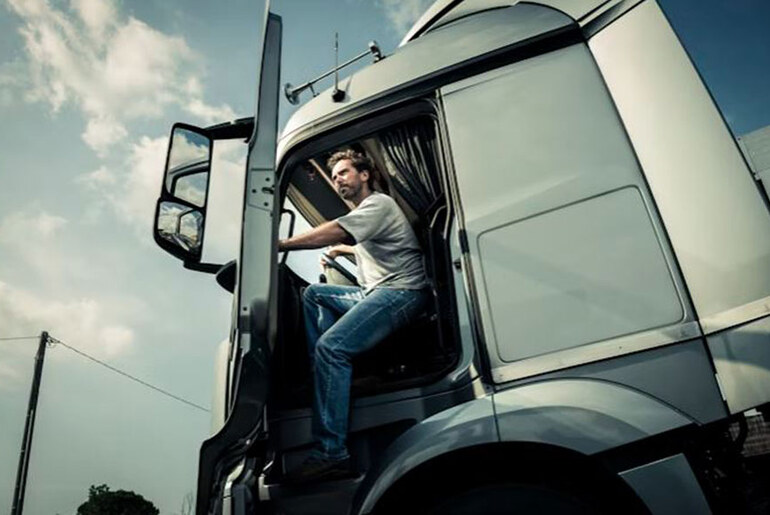The realm of commercial transportation is a complex landscape governed by regulations designed to promote safety and compliance on the roads, and to regulate the commercial transportation industry both fairly and efficiently. Information for professional transportation drivers, owner-operators, truck owners and truck fleet operators in Minnesota is invaluable. The Department of Transportation (DOT) requires you to understand ALL of and to comply with many requirements. We hope this comprehensive guide helps you gain a full understanding of the MN DOT commercial vehicle requirements. It provides a refresher and reference as well. You will want this information at your convenience. It should help you navigate and manage the regulatory landscape effectively.
Understanding Commercial Vehicle Requirements in Minnesota
There are several Minnesota commercial vehicle requirements that Minnesota Department of Transportation (MN DOT) imposes to promote compliance with state and federal laws, and to enhance the safety of Minnesota highways. Commercial vehicle requirements in Minnesota can vary according to the vehicle’s use, type, and weight, and the nature of the items that it will be transporting. There is more to operating a commercial vehicle than simply painting the vehicle a different color and putting a name on it.
Registration and Licensing
The first step in the process of getting your commercial vehicle on the road in MN is to satisfy the vehicle’s registration and licensing requirements. This will likely mean getting a DOT number for the vehicle. This number is used to identify your vehicle during inspections; audits; and compliance reviews, to properly review/update your company’s safety audit, and to properly review/update your company’s safety audit, and on highway inspections. You may also have to register the vehicle in IRP if you intend to operate your vehicle across state lines. The IRP allows for the payment of commercial motor vehicle registration fees to all jurisdictions where the qualified motor vehicle operates. Registration fees are distributed to the various jurisdictions in which the vehicles to which your fees are distributed in are operated, and are in proportion to the distance traveled in each jurisdiction.
Failure to comply with these requirements could result in costly penilties and operating restrictions — particularly if you are stopped by law enforcement across state lines.
Safety Standards and Inspections
Safety is one of MN DOT’s primary concerns, and it should be one of yours as well. Your vehicle must be maintained and inspected to meet very detailed safety standards. Regularly conducting a thorough vehicle inspection as defined by the MN DOT commercial vehicle regulations can keep you in compliance wit the applicable rules of the road. Your vehicle must be in acceptable working condition in order for it to properly operate without incident overt he road. This usually entails that you properly and immediately identify and correct your vehicles defects. Generally, these details range from the condition of the braking system to the way the vehicle is lighted to the methods used to secure a load and everything in between that are all detailed in the same MN commercial vehicle regulations.
Driver Qualification and Training
Another critical aspect of the MN DOT commercial vehicle requirements pertains to driver qualification and training. Those who operate commercial vehicles must hold a valid commercial driver’s license (CDL) and must meet associated minimum age, health, and competency standards. Drivers must also be regularly trained in safe driving practices, DOT regulation awareness, and hazardous materials handling (if applicable) in order to maintain this qualification.
Compliance with Additional Programs
In addition to the minimum qualifications, there are further programs and/or regulations with which those who run commercial vehicles may need to comply. One example is the Arbitration program, which serves to resolve disputes between carriers and shippers/consignees or between carriers and passengers justly and efficaciously. Enlisting in these types of programs can help transportation units to operate more smoothly by ensuring that any possible disputes are addressed in a professional and methodological manner.
The Importance of Staying Informed
Regulations and requirements can change with time, so staying apprised of the latest iterations is paramount for transportation professionals. Relying on authoritative resources and enlisting the help of an expert in FMCSA Registration can help navigate this arduous compliance environment. In doing so, transportation managers can ensure that they are not only compliant but also that they are fostering an industry-wide commitment to safety.
Conclusion
It may appear daunting to navigate through the MN DOT commercial vehicle requirements; nonetheless, meeting those standards represents a critical step toward ensuring the safety and legality of the industry. Through registration and safety inspections to driver qualification and participation in specific programs such as the Arbitration program they each serve a crucial role in the seamless and lawful operation of commercial vehicles in Minnesota. In fulfilling these requirements, those who manage commercial interstate transportation operations in Minnesota are not only complying with the law, but also contributing to the overall safety and efficacy of the state’s transportation ecosystem.

















